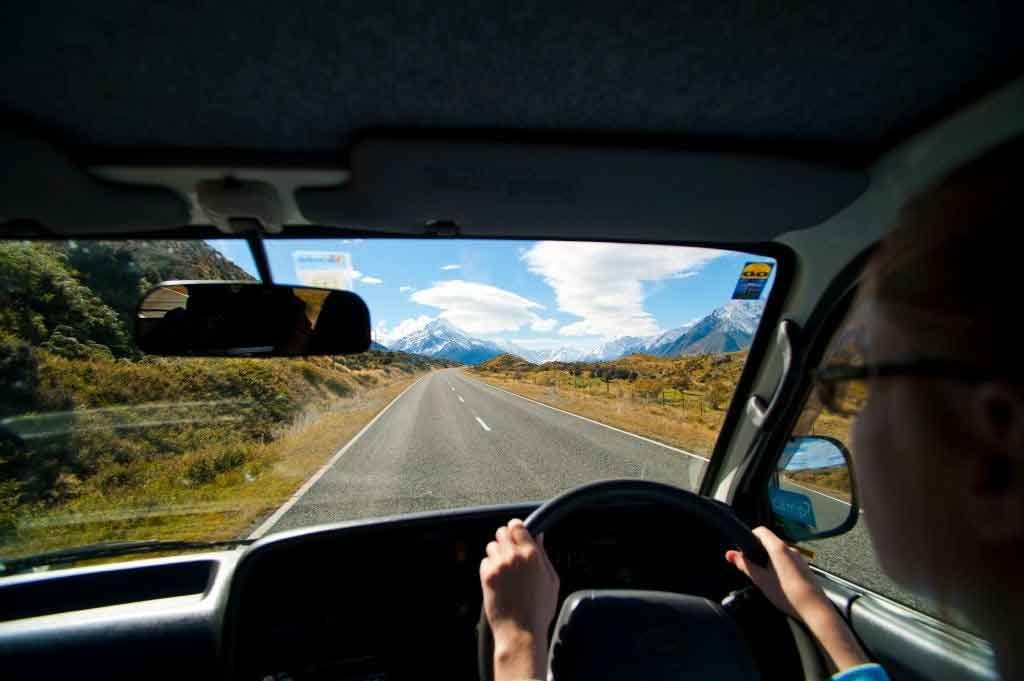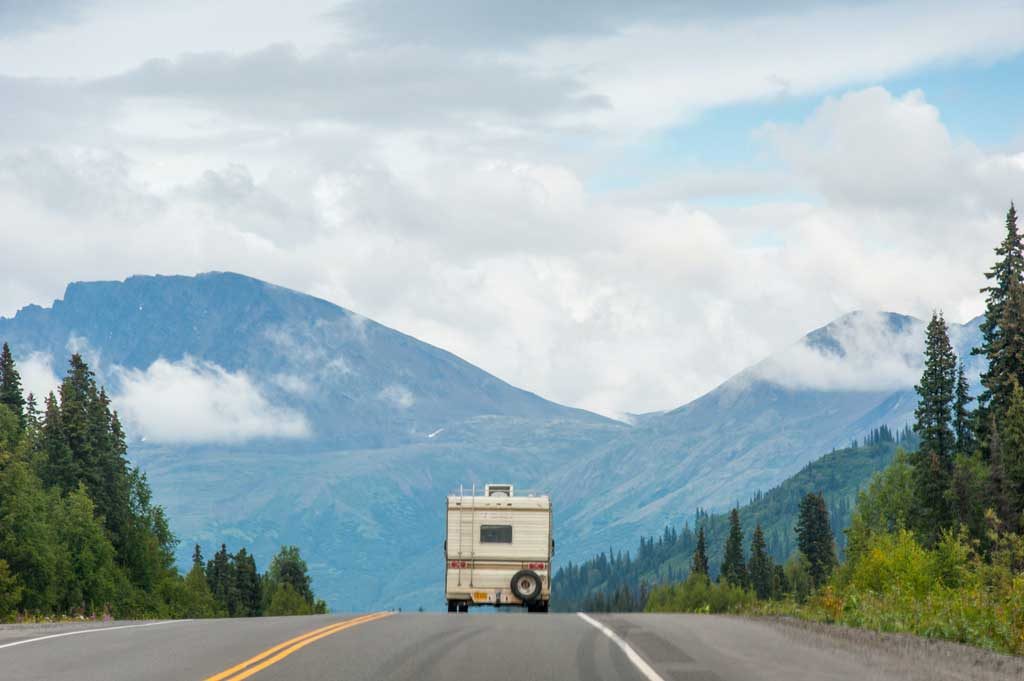For a first-time RV owner, the possibility of driving an RV must be quite thrilling. But without any practical knowledge, it’s difficult to figure out how to drive an RV for the first time. When you are ready to go out in the wilderness, some RV driving tips will make the journey memorable.
Driving an RV is quite similar to driving a truck or SUV, and you will realize that after crossing the first few hundred miles. Learning the tips on how to drive a motorhome will make the initial driving experience smooth.
Contents
RV Driving Tips: Prepare Well Before Driving
Before driving a Class A RV on the road, it is vital to take proper preparation for your own and passenger safety. Since RVs have large dimensions in width, length, and height, driving them could be highly challenging. Some of the significant RV driving tips to remember are:
Always keep the dimensions in mind.
A vehicle’s width and length are essential while taking a sharp turn near a gas station or a rest stop. The driver also needs to consider the wheelbase dimension for this purpose. When the wheelbase is large in a wide vehicle, negotiate turns earlier than later.

RV width has specific road safety regulations.
If the width is more than 102 inches (8.5 feet), the vehicle entry is only limited to the highways. This rule is mandatory in the following states: Alabama, Louisiana, Kentucky, Arizona, Delaware, Maryland, Georgia, Florida, Michigan, North Carolina, West Virginia, and Illinois.
Vehicle clearance level depends on the automobile height.
RVs come with more than usual height. Hence, always find out more about RV clearance levels in the route of travel. Then, keep those measurements available near the driver cabin. Avoid low car clearance roads to keep the RV roof intact.
A trailer has larger blind spots than a car.
Always adjust the side view mirrors according to the driving needs. The Rearview mirror could be useless for navigational purposes. While on the road, small cars could easily hide from a clear site if they are in an RV’s blind spot. So, a vigil eye on side-view mirrors will help to avoid accidents.
RVs come with an adjustable driving seat.
Make necessary modifications of the seat position, so all controls are reachable with comfort.

Motorhomes are lengthier than usual cars or SUVs.
The length affects driver handling of the vehicle during high speed and high wind conditions. Wind affects the vehicle’s balance in significant ways. It is crucial to place both hands on the steering wheel while driving an RV. It will ensure proper handling and avoidance of accidents.
Navigating an RV in the real world is tougher. Following these motorhome (class A, class B, class C RVs) driving tips will help an RV driver:
Practice making turns.
For an RV, negotiating turns at an intersection or near a gas station requires regular practice. Always start with a wide-angle for turns. There is minimal fast turn opportunity for RVs as these are lengthy vehicles.
Know about the travel route very well before hitting the road.
Refer to experienced RVers who spent some time on the route of your choice. Navigating an RV on unknown roads could be challenging. Get an essential insight about the destination like road width, road condition, any maintenance work going on or not, bridges and their clearance level, etc.

Learn to drive the RV before going on a trip.
Learning to drive a motorhome in a large parking lot or empty road is always a smart move. Get some traffic cones and place them on the street. Then, practice backing up, turns, and the most challenging parallel parking.
Drive slowly at the beginning.
For the first few hundred miles, always prepare to drive slower than the road’s rated speed. It will offer enough time for any necessary maneuvering of the vehicle.
Learn the functions of components.
Because it will save your life! For example, there is a slight lag between brake pedal pushing and engaging wheel brakes. The delay is about half a second but is significant for high-speed roads. It means the RV would come to a stop much later than a car, even if the brake engaged at the same speed and distance. Keep these driving tips in mind before entering the real-world situation.

Top Ten RV Driving Tips: The Real Ride
When driving an RV for the first time on the road, remember to follow these motorhome driving tips:
- Always wear seatbelts on the driving seat and make sure passengers also follow this on their seats.
- When riding with the family, have someone working as a navigator. They can look for road signs, any obstacles, trees in a campsite, etc., and warn the driver.
- A motorhome takes a long time to slow down, so keep enough distance between two automobiles.
- Fasten interior doors and loose items tightly. It will avoid vehicle imbalance and breakage of kitchen items.
- If towing is necessary, use top-quality tow lines. Also, make sure that the towing vehicle has enough capacity to pull the motorhome.
- An RV is unable to accelerate much faster in comparison to a car. Additionally, the driver will need more space to navigate the vehicle in posing traffic. It is wise to wait sometime before being able to merge onto the highway.
- In fifth wheels, no one is allowed to be inside the trailer when on the road. Follow this rule to avoid unnecessary traffic police citations.
- Always check the tire pressure, engine oil level, and wastewater tanks before starting a trip.
- Before leaving the campground, make sure all connecting lines for utilities are unplugged.
- Make sure satellites, antennae, staircases, sewer hoses, water hoses, etc., are not loose.
More and more people are joining the adventurous RV lifestyle. Every day, new couples or families are hitting the road in a trailer to begin a new journey. If you own an RV and want to save it from unnecessary dents and scratches, follow the RV driving tips to enjoy a hassle-free trip.
